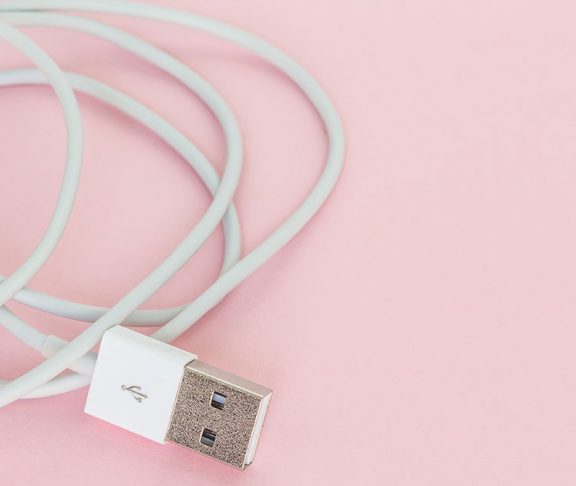One of the most important trends in information technology today is securing the personal and corporate information that sits on and flows through our mobile devices every minute of every day.
Where do we find help?
This vulnerability can’t be pinned solely on the manufacturers, carriers and service providers that have helped deliver the billions of untethered devices in use at home and in businesses around the world. The organizations that deploy these devices to their workforces, and the individuals who buy and maintain mobile devices for their personal use, also share responsibility for the safety of the information these devices contain.
And therein lies a complex problem with, unfortunately, a complex set of solutions. While it is incumbent on the industry—the aforementioned manufacturers, carriers and service providers—to arm their customers with the very best in mobile security tools, the responsibility hardly stops there. To date, there is no effective means to make cybersecurity an entirely self-service function, which means that individuals and companies also have to step up to the plate and make active use of the tools available to them.
Consumer responsibility
Individual responsibility for security is hardly limited to mobile devices. Study after study has shown that the human factor—the consumer who falls for a phishing or malware scam, the rogue employee who uses her credentials to steal corporate IP or the IT manager who fails to update vulnerable systems to the latest security patch—will always be the weak link in any security regime.
These problems are only exacerbated in a mobile device world where security best practices and technology have been lagging behind what is available in the data center or on personal computers.
That’s the bad news. The good news is that there is a growing understanding that this weak link needs to be heavily fortified against security breaches, and with that understanding has come a growing set of new technologies and new best practices. Importantly, these new offerings are designed with the twin goal, contradictory though it may seem, of providing the safest possible environment to support the greatest possible range of use cases. The freedom that mobility has provided need not be compromised in the pursuit of security. Controlled, yes. Compromised, no.
No time to wait
Ultimately, what’s needed is the awareness that, when it comes to securing mobile devices, every user is an “army of one” against a clever, insidious and persistent enemy. And every company, government agency, and household has to be prepared to support that army with the very best tools, and yes, training.
No one should have to hunker down behind an impenetrable technology barrier to use their smart phones, tablets, wearables, and other devices, nor should they limit the use of these devices to a secure bunker in an undisclosed location. But today’s security challenges require everyone to take individual responsibility for mobile security, as a corporate employee, as a citizen or as a consumer, much more seriously than ever before. Ignoring or downplaying the threats to mobile security is no longer a luxury anyone can afford.

